Impressionism was a 19th-century art movement characterized by relatively small, thin, yet visible brush strokes, open composition, emphasis on accurate depiction of light in its changing qualities (often accentuating the effects of the passage of time), ordinary subject matter, unusual visual angles, and inclusion of movement as a crucial element of human perception and experience. Impressionism originated with a group of Paris-based artists whose independent exhibitions brought them to prominence during the 1870s and 1880s.
The Impressionists faced harsh opposition from the conventional art community in France. The name of the style derives from the title of a Claude Monet work, Impression, soleil levant (Impression, Sunrise), which provoked the critic Louis Leroy to coin the term in a satirical 1874 review of the First Impressionist Exhibition published in the Parisian newspaper Le Charivari.[1] The development of Impressionism in the visual arts was soon followed by analogous styles in other media that became known as Impressionist music and Impressionist literature.
Radicals in their time, the early Impressionists violated the rules of academic painting. They constructed their pictures from freely brushed colours that took precedence over lines and contours, following the example of painters such as Eugène Delacroix and J. M. W. Turner. They also painted realistic scenes of modern life, and often painted outdoors. Previously, still lifes and portraits as well as landscapes were usually painted in a studio.[a] The Impressionists found that they could capture the momentary and transient effects of sunlight by painting outdoors or en plein air. They portrayed overall visual effects instead of details, and used short "broken" brush strokes of mixed and pure unmixed colour—not blended smoothly or shaded, as was customary—to achieve an effect of intense colour vibration.
References
Text generated by Microsoft CoPilot
Musee d'Orsay

©www.mgaylard.co.uk.
filename: Musée_dOrsay_Clock_D780_05172022_830.jpg

©www.mgaylard.co.uk.
filename: Musée_dOrsay_Clock_D780_05172022_829.jpg

©www.mgaylard.co.uk.
filename: Musée_dOrsay_Entrance_Hall_D780_05172022_836.jpg

©www.mgaylard.co.uk.
filename: Musée_dOrsay_Entrance_Hall_D780_05172022_826.jpg

©www.mgaylard.co.uk.
filename: Musée_dOrsay_Entrance_Hall_D780_05172022_835.jpg
Impressionist Paintings

©www.mgaylard.co.uk.
filename: The_Bridge_at_Moret_1893_by_Alfred_Sisley_D780_05172022_941.jpg
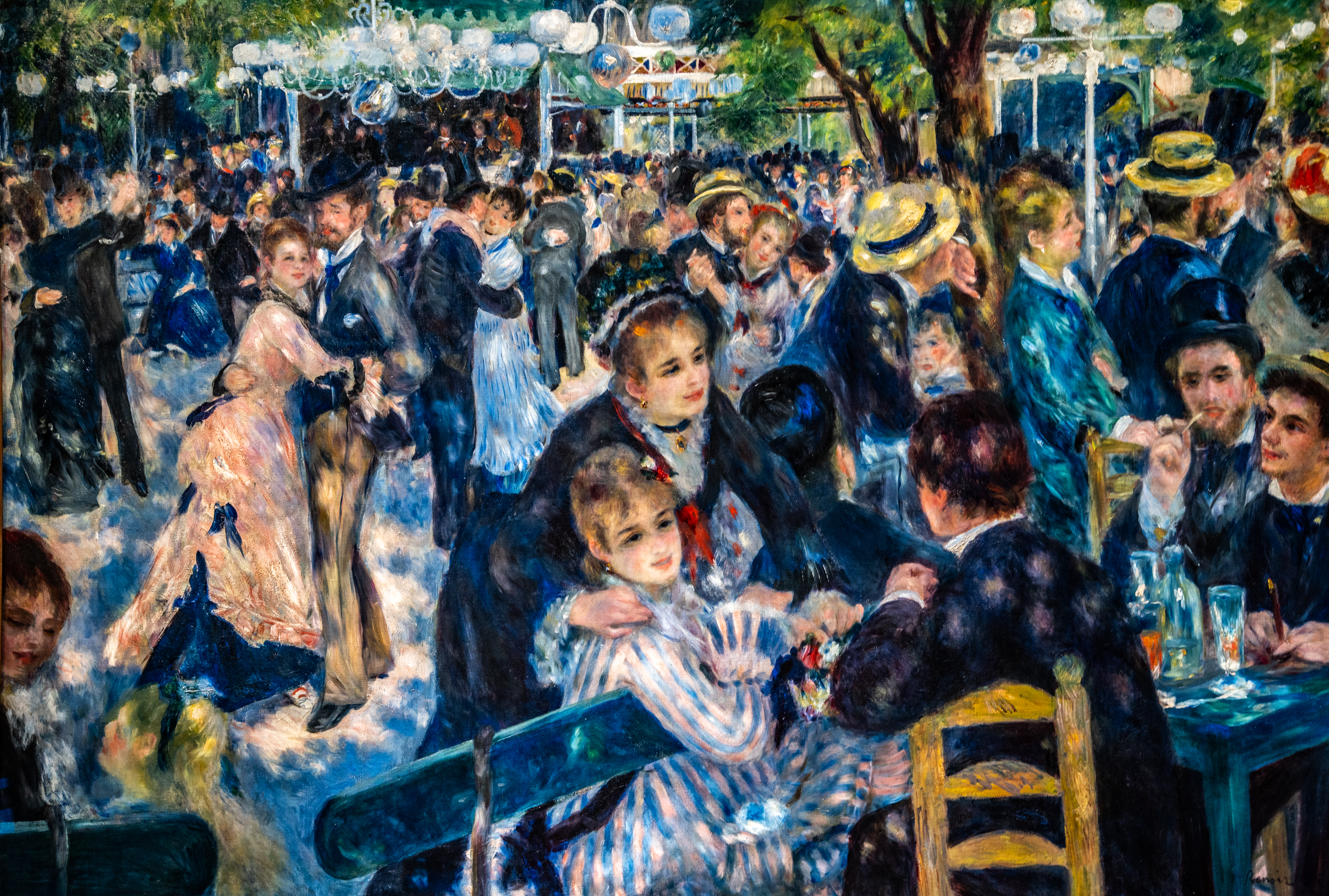
©www.mgaylard.co.uk.
filename: Dance_at_Le_Moulin_de_la_Galette_by_Pierre-Auguste_Renoir_D780_05172022_942.jpg
Impressionism
__by_August_Renoir_D780_05172022_944.jpg)
©www.mgaylard.co.uk.
filename: Danse_à_la_campagne_(Dance_in_the_Country)__by_August_Renoir_D780_05172022_944.jpg

©www.mgaylard.co.uk.
filename: Danse_à_la_Ville_Auguste_Renoir_Renoir_D780_05172022_943.jpg

©www.mgaylard.co.uk.
filename: Portrait_of_Alphonsine_Fournaise_by_Pierre-Auguste_Renoir_D780_05172022_230.jpg
Claude Monet

©www.mgaylard.co.uk.
filename: Le_Déjeuner_sur_l’herbe_by_Claude_Monet_D780_05172022_971.jpg

©www.mgaylard.co.uk.
filename: Tempête_côtes_de_Belle-Île__by_Claude_Monet_D780_05172022_966.jpg
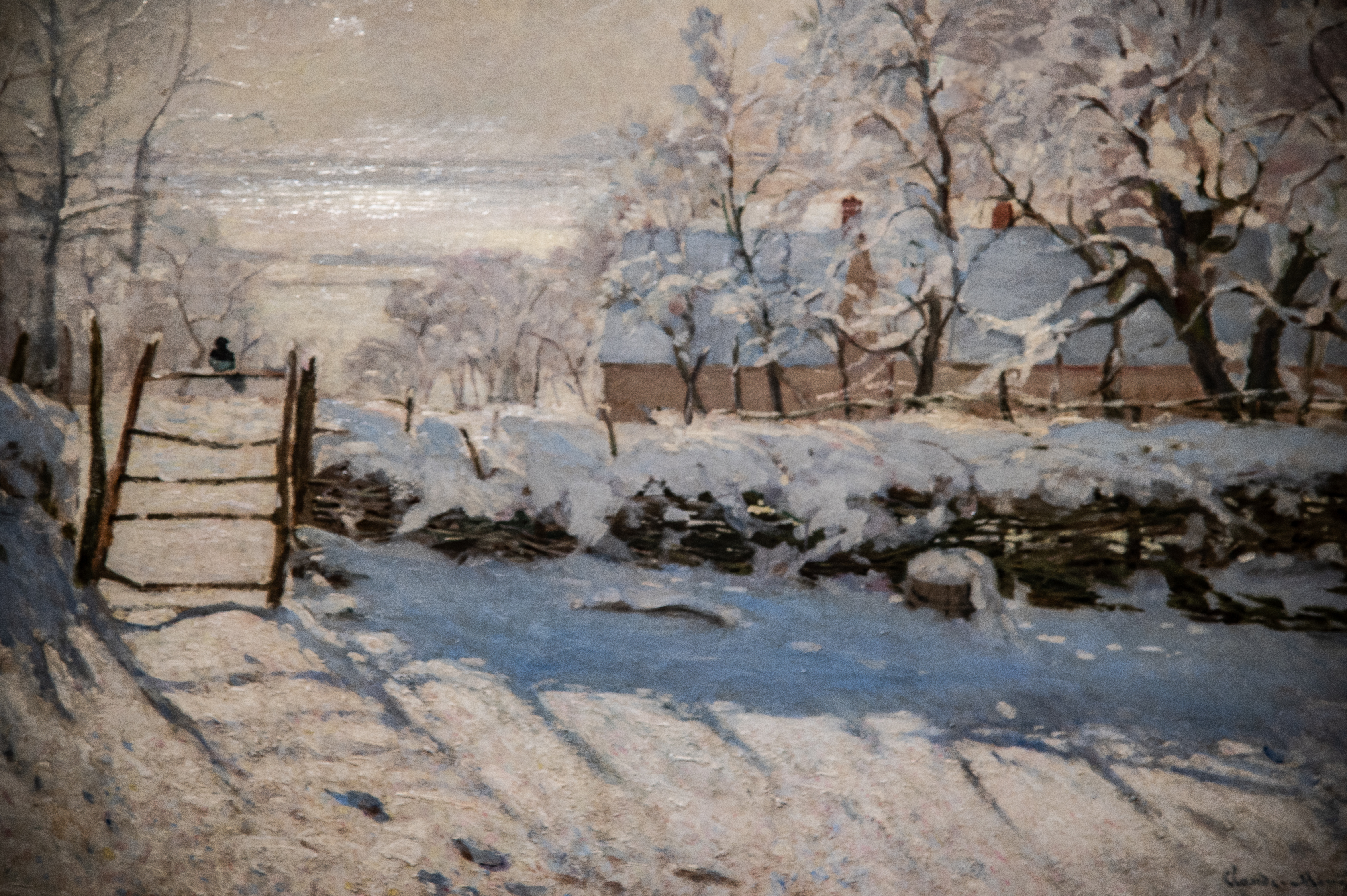
©www.mgaylard.co.uk.
filename: The_Magpie_by_Claude_Monet_D780_05172022_244.jpg
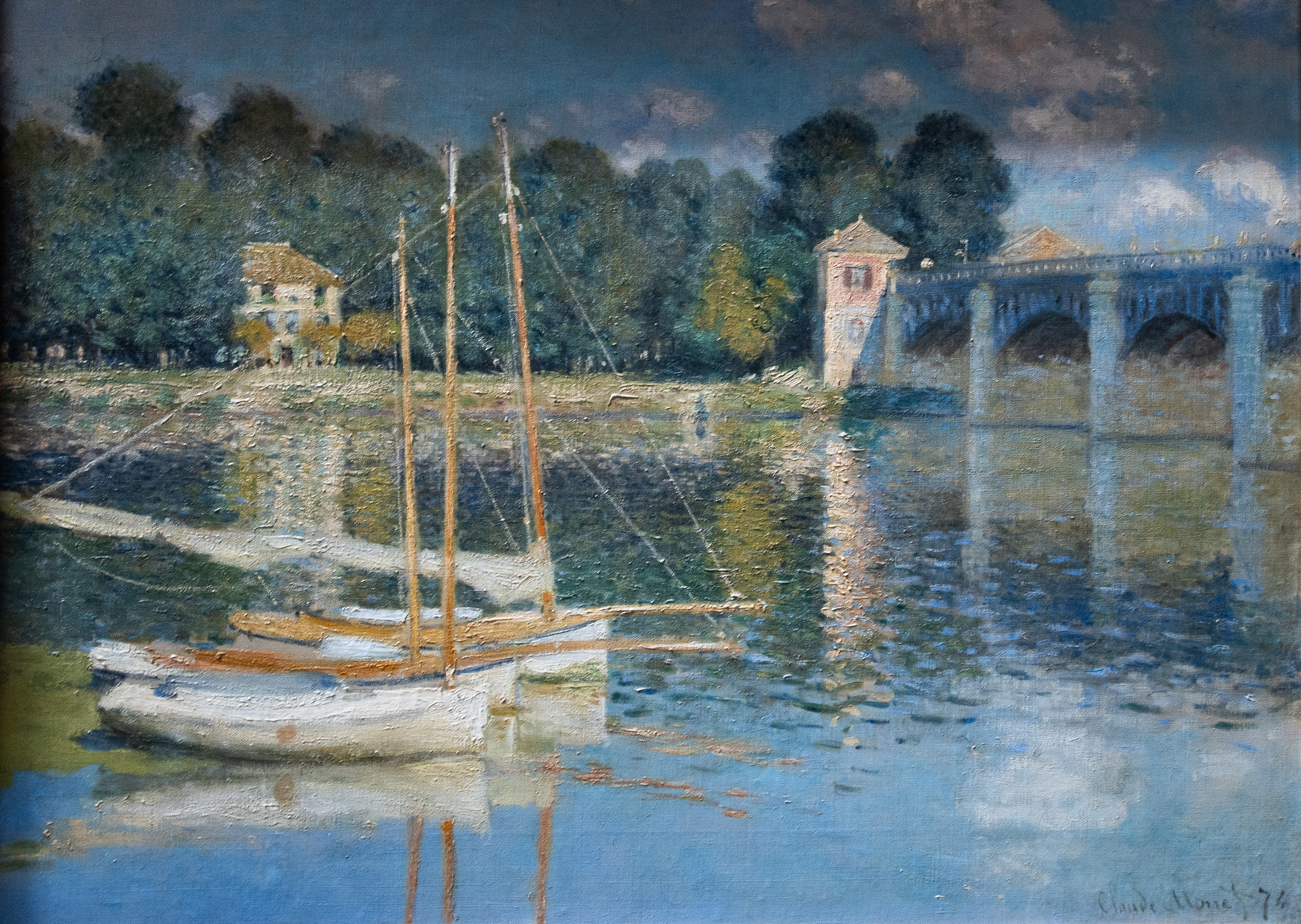
©www.mgaylard.co.uk.
filename: The_Seine_at_Argenteuil_by_Claude_Monet_D780_05172022_246.jpg
Oscar-Claude Monet
Claude Monet (1840–1926) was a French painter and one of the founders of Impressionism, best known for his Water Lilies, Haystacks, and Impression, Sunrise. His work transformed modern art by focusing on light, atmosphere, and fleeting perception rather than strict realism
Monet’s early career was difficult—his works were often rejected by the official Salon. In 1874, he exhibited Impression, Sunrise, which gave the Impressionist movement its name.
Artistic Style
- Impressionism: Monet sought to capture the immediate impression of a scene, emphasizing light, color, and atmosphere.
- Series paintings: He painted the same subject at different times of day and in varying weather—famous examples include the Rouen Cathedral, Houses of Parliament, and Haystacks series.
- Later years: At his home in Giverny, Monet created vast gardens with a water-lily pond and Japanese bridge, which became the subject of his most iconic works.
Legacy
Monet is considered a pioneer of modernism, influencing artists from Cézanne to the Abstract Expressionists. His Water Lilies cycle, painted in the last decades of his life (often while struggling with cataracts), is now housed in major museums such as the Musée de l’Orangerie in Paris. Today, Monet’s works are among the most celebrated and valuable in the art world, with individual paintings selling for tens of millions at auction. Monet revolutionized painting by shifting focus from detail to perception, from permanence to transience. His gardens at Giverny became both his studio and his legacy, embodying the Impressionist spirit of capturing life’s fleeting beauty.
References
Text generated by Microsoft CoPilot
©www.mgaylard.co.uk.
filename: La_Classe_de_Danse_by_Edgar_Degas_D780_05172022_969.jpg

©www.mgaylard.co.uk.
filename: Le_Déjeuner_Sur_l'Herbe_by_Edouard_Manet_D780_05172022_970.jpg

©www.mgaylard.co.uk.
filename: Henri_de_Toulouse-Lautrec’s_Jane_Avril_dansant_D780_05172022_975.jpg

©www.mgaylard.co.uk.
filename: Jeune_Fille_au_Jardin_by_Mary_Cassatt_D780_05172022_962.jpg

©www.mgaylard.co.uk.
filename: The_Cardplayer_by_Paul_Cezanne_D780_05172022_242.jpg
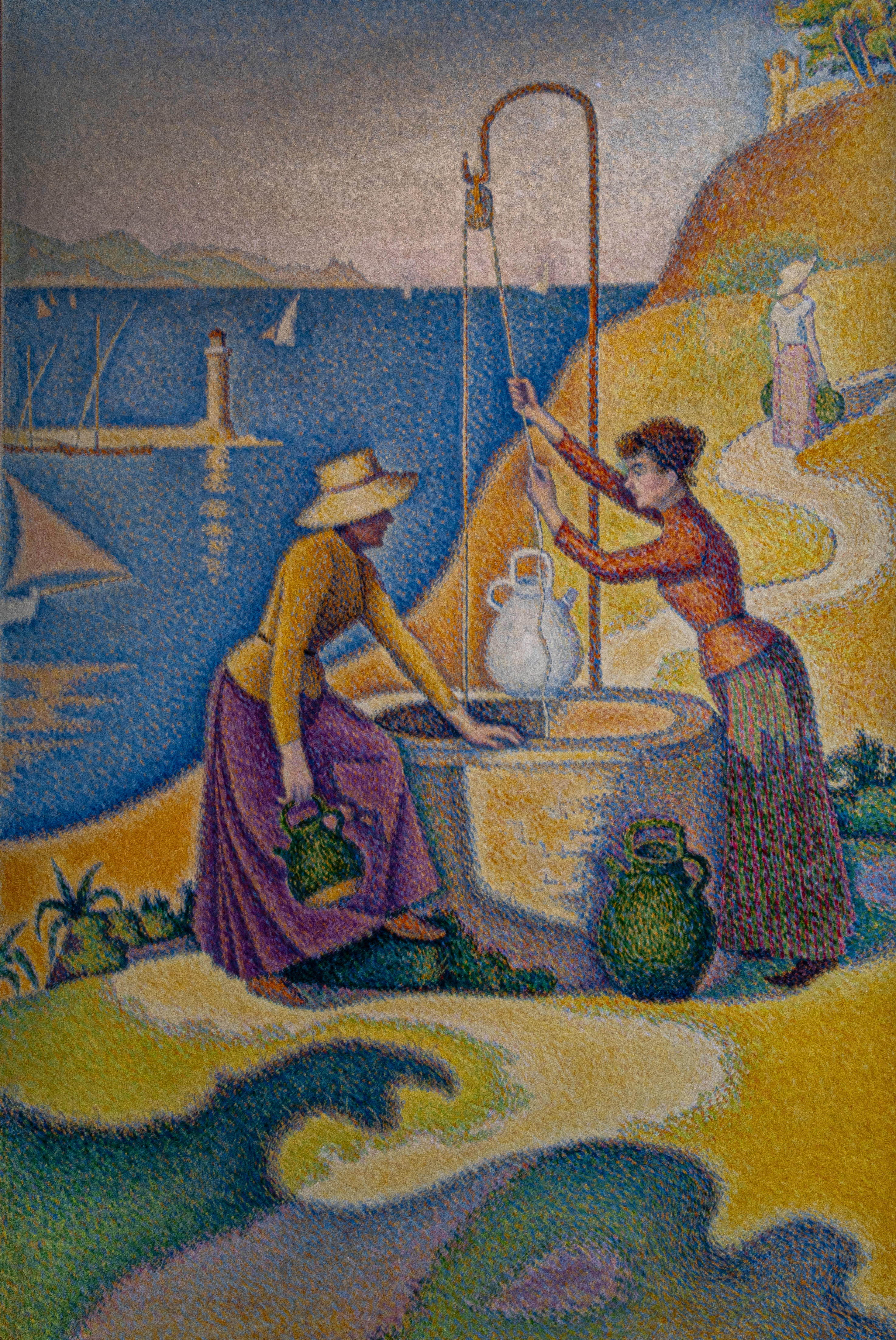
©www.mgaylard.co.uk.
filename: Femmes_au_puits_by_Paul_Signac_D780_05172022_963.jpg

©www.mgaylard.co.uk.
filename: Woman_with_a_Parasol_1893_by_Paul_Signac__D780_05172022_979.jpg

©www.mgaylard.co.uk.
filename: Vue_de_toits_by_Gustave_Caillebotte_D780_05172022_980.jpg

©www.mgaylard.co.uk.
filename: Théo_van_Rysselberghe’s_The_Man_at_the_Tiller_painted_in_1892_D780_05172022_247.jpg

©www.mgaylard.co.uk.
filename: Tetrahedrons_by_Paul_Serusier_D780_05172022_241.jpg

©www.mgaylard.co.uk.
filename: Breton_Boy_in_Profile_by_Roderic_O'Conor_D780_05172022_187.jpg
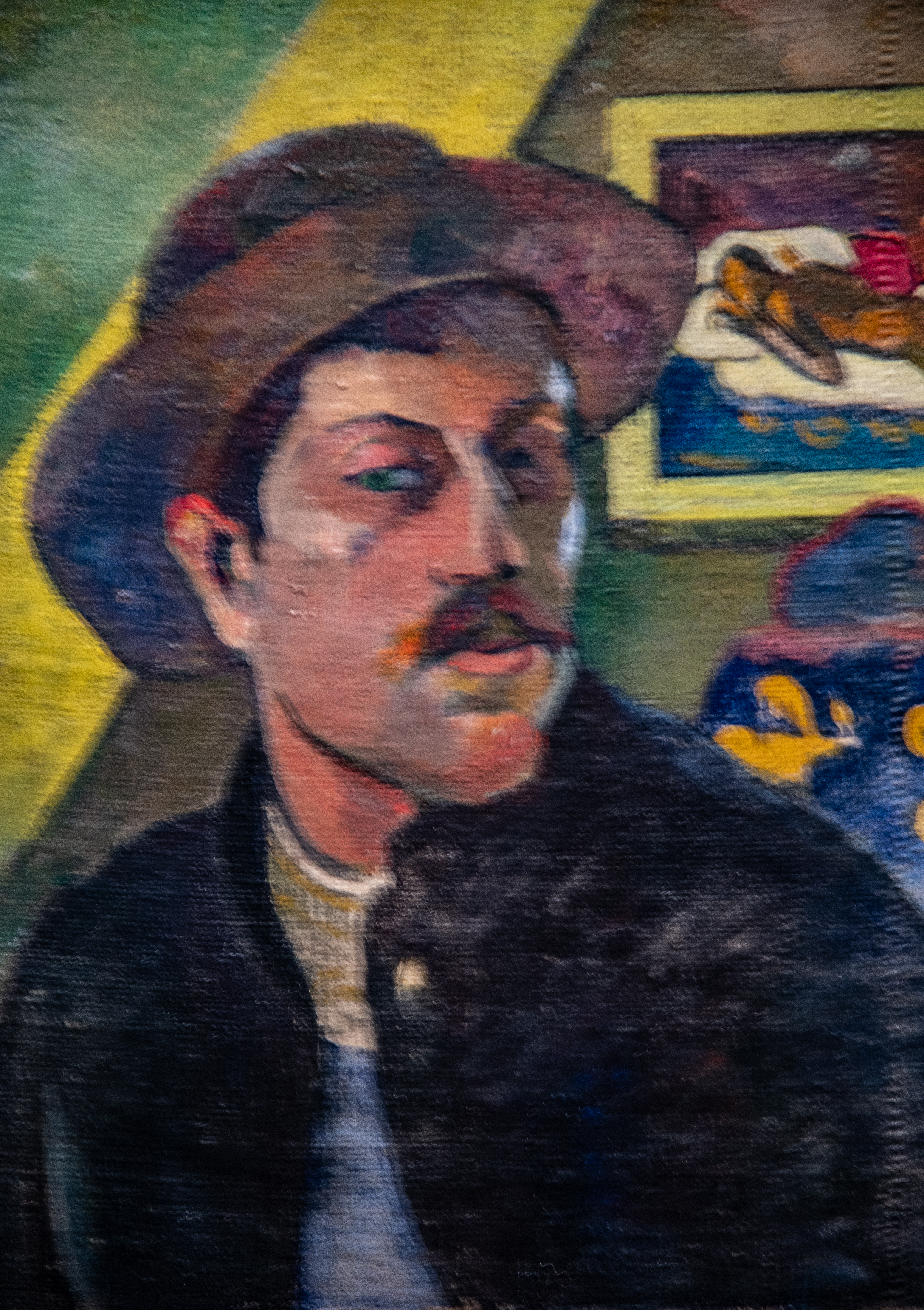
©www.mgaylard.co.uk.
filename: Self-Portrait_with_a_Hat_by_Paul_Gauguin_D780_05172022_238.jpg

©www.mgaylard.co.uk.
filename: Paul_Leclercq_by_Toulouse-Lautrec_D780_05172022_227.jpg

©www.mgaylard.co.uk.
filename: Intérieur_d'appartement_by_Claude_Monet_D780_05172022_968.jpg

©www.mgaylard.co.uk.
filename: Les_Laveuses_A_La_Laita_by_Paul_Serusier_D780_05172022_972.jpg

©www.mgaylard.co.uk.
filename: La_Table_de_cuisine_by_Paul_Cézanne_D780_05172022_964.jpg
Vincent Van Gogh

©www.mgaylard.co.uk.
filename: La_Nuit_Étoilée_by_Vincent_Van_Gogh_D780_05172022_974.jpg

©www.mgaylard.co.uk.
filename: The_Church_in_Auvers-sur-Oise_by_Vincent_Van_Gogh_D780_05172022_243.jpg

©www.mgaylard.co.uk.
filename: Eugène_Boch_“The_Poet”_by_Vincent_van_Gogh_D780_05172022_973.jpg
Realism in Art
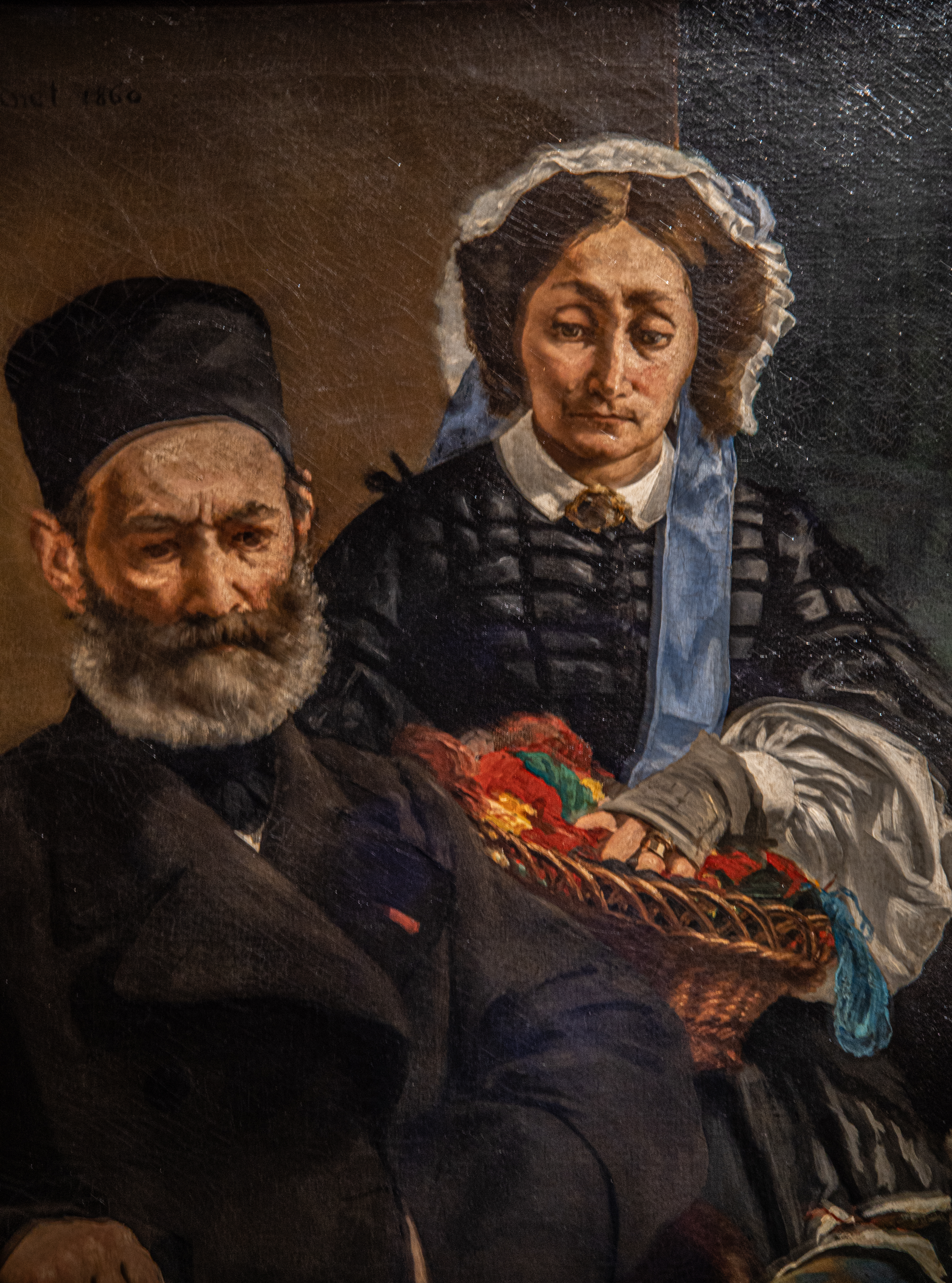
©www.mgaylard.co.uk.
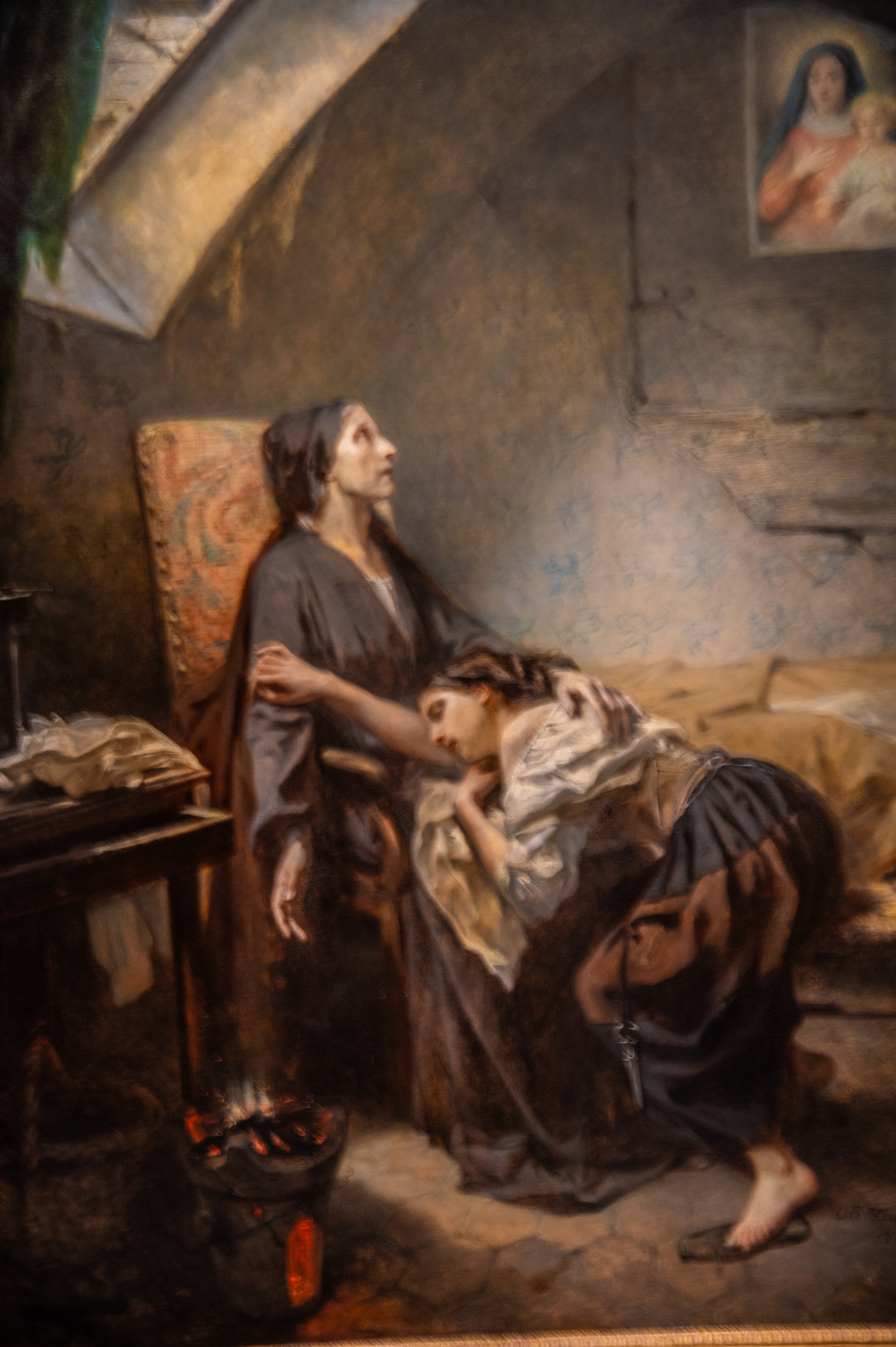
©www.mgaylard.co.uk.

©www.mgaylard.co.uk.
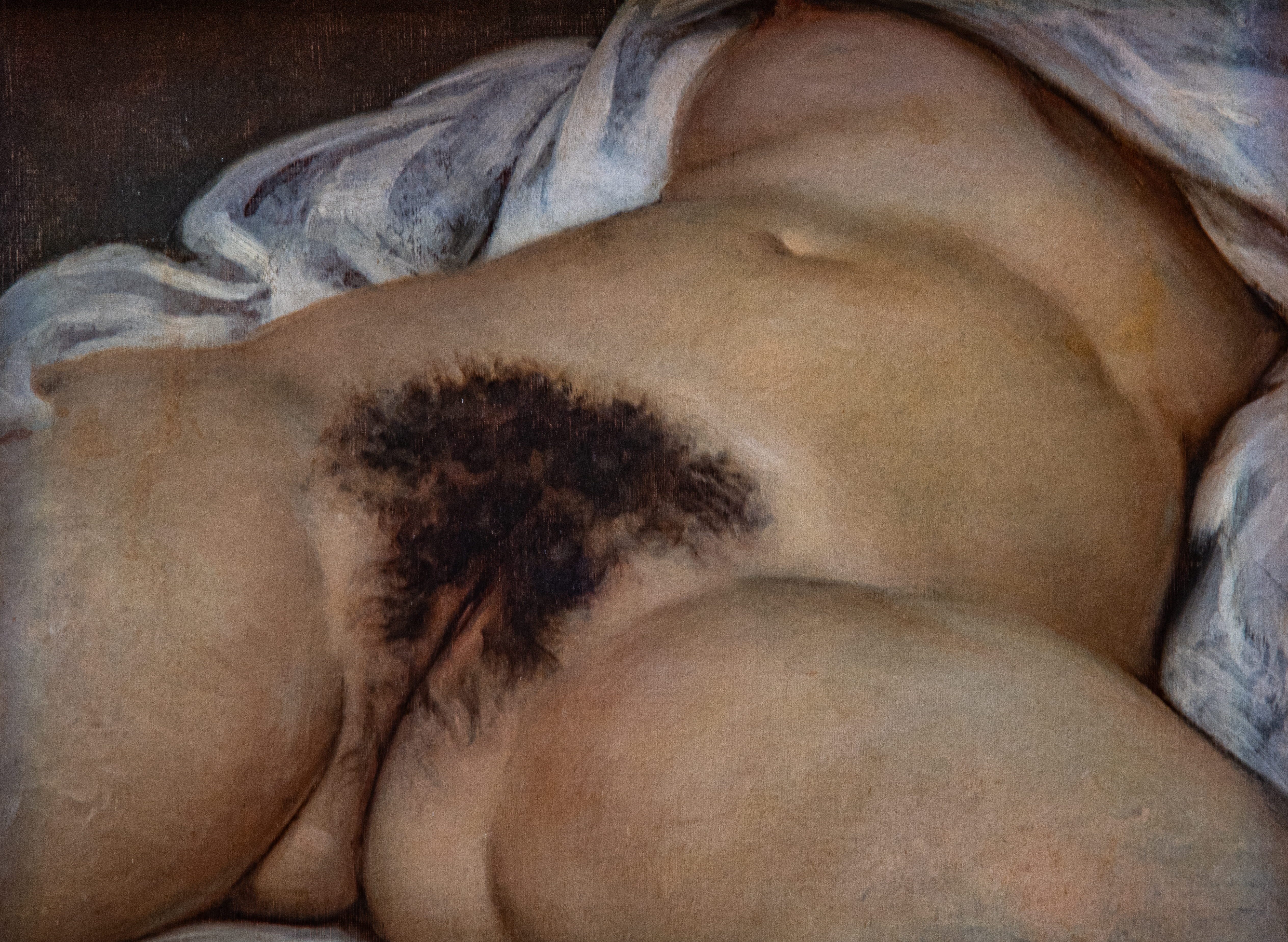
©www.mgaylard.co.uk.
Sculpture

©www.mgaylard.co.uk.
filename: Pan_et_oursons_by_Emmanuel_Frémiet_D780_05172022_226.jpg

©www.mgaylard.co.uk.
filename: Sculpture_of__La_Jeune_Tarentine_by_Alexandre_Schoenewerk_D780_05172022_235.jpg

©www.mgaylard.co.uk.
filename: Sculpture_of_Bacchante_Albert-Ernest_Carrier-Belleuse_in_the_Musee_D'Orsay,_Paris_D780_05172022_236.jpg

©www.mgaylard.co.uk.
filename: Secret_d’en_haut_by_Hippolyte_Moulin_D780_05172022_237.jpg
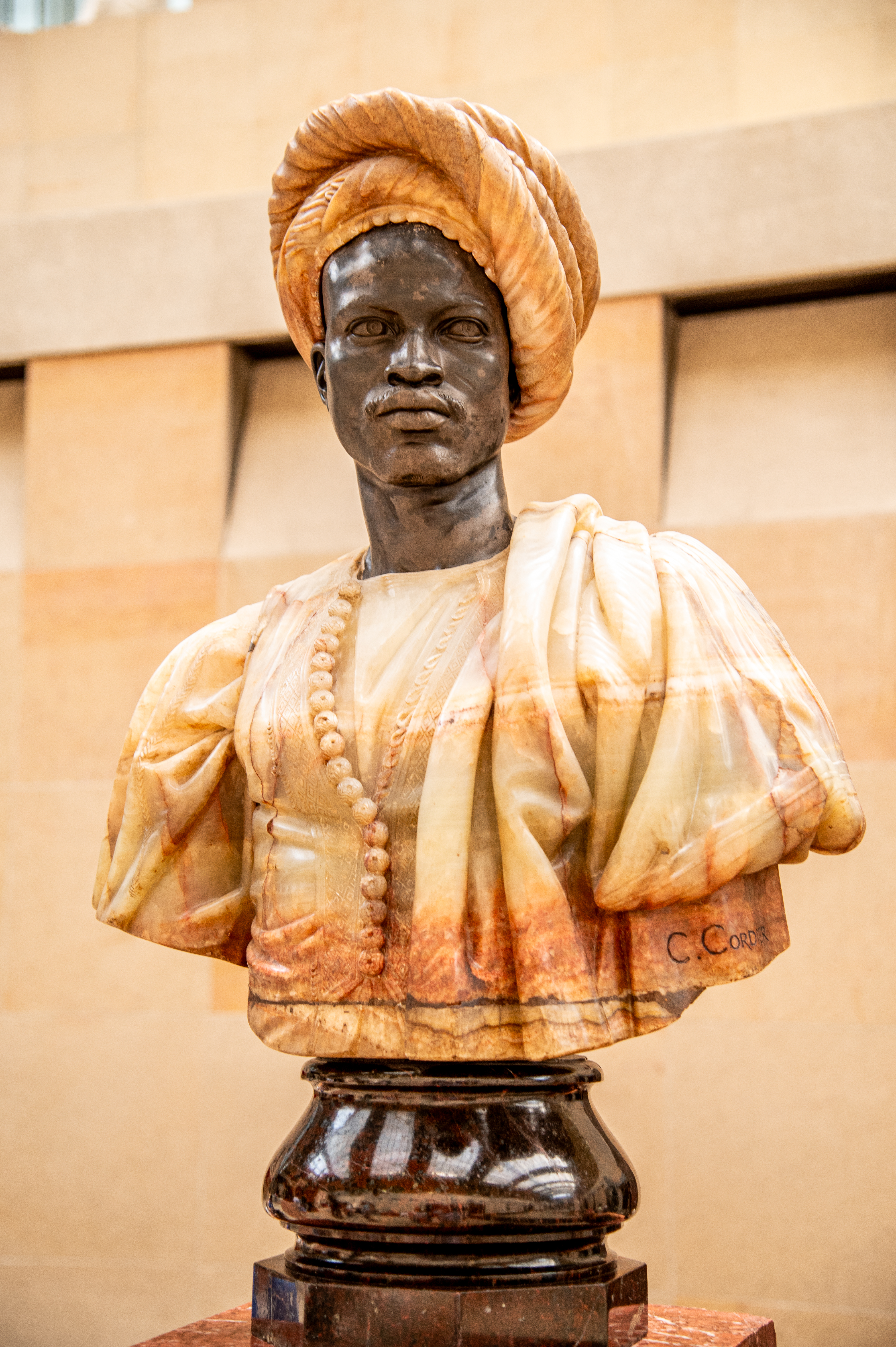
©www.mgaylard.co.uk.
filename: Nègre_du_Soudan_by_Charles_Cordier_D780_05172022_224.jpg

©www.mgaylard.co.uk.
filename: Napoléon_Ier_en_costume_antique_by_Eugène_Guillaume_D780_05172022_222.jpg

©www.mgaylard.co.uk.
filename: Pénélope_by_Jules_Cavelier_D780_05172022_228.jpg

©www.mgaylard.co.uk.
filename: Sapho_avec_lyre_by_James_Pradier_D780_05172022_234.jpg
About Musee d'Orsay
The Musée d'Orsay is a museum in Paris, France, on the Left Bank of the Seine. It is housed in the former Gare d'Orsay, a Beaux-Arts railway station built between 1898 and 1900. The museum holds mainly French art dating from 1848 to 1914, including paintings, sculptures, furniture, and photography. It houses the largest collection of Impressionist and post-Impressionist masterpieces in the world, by painters including Berthe Morisot, Claude Monet, Édouard Manet, Degas, Renoir, Cézanne, Seurat, Sisley, Gauguin, and van Gogh. Many of these works were held at the Galerie nationale du Jeu de Paume prior to the museum's opening in 1986. It is one of the largest art museums in Europe.
en.wikipedia.org


